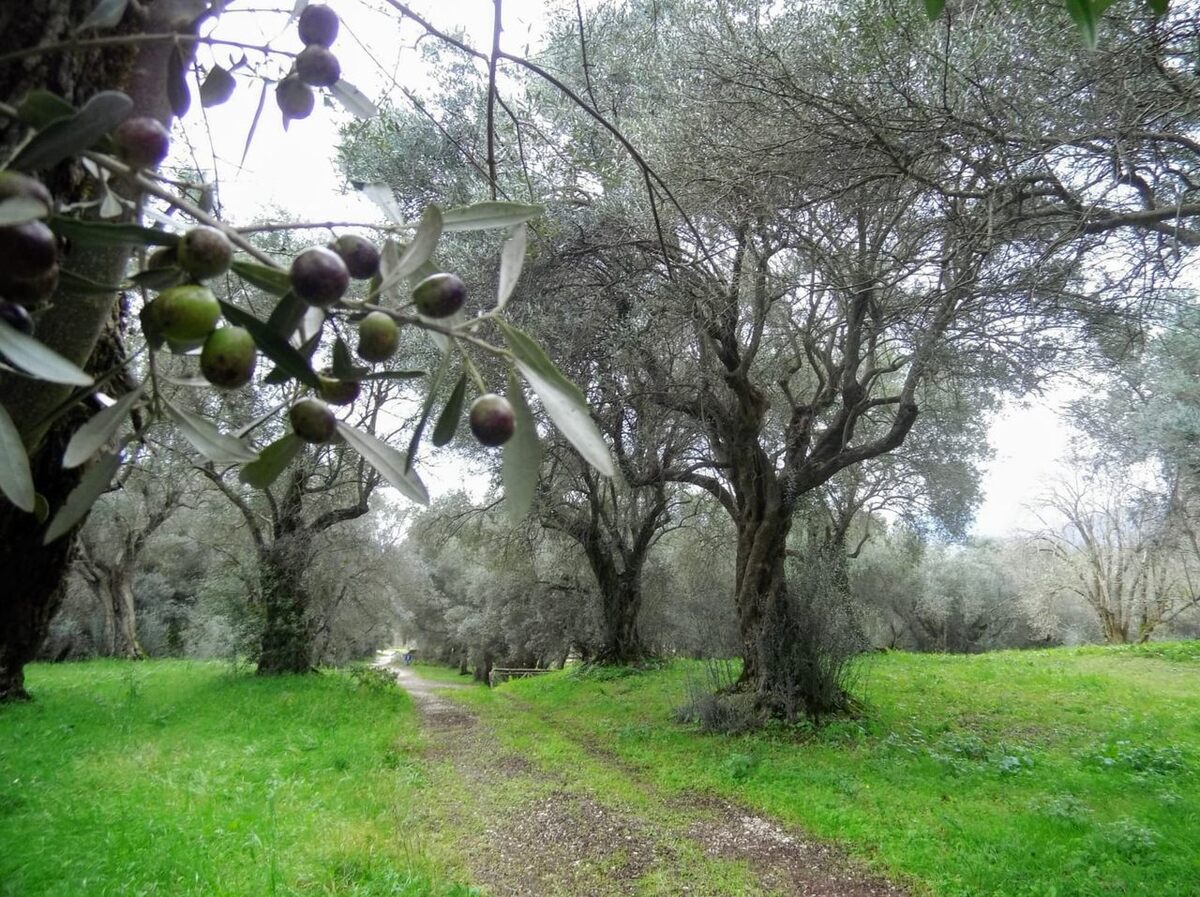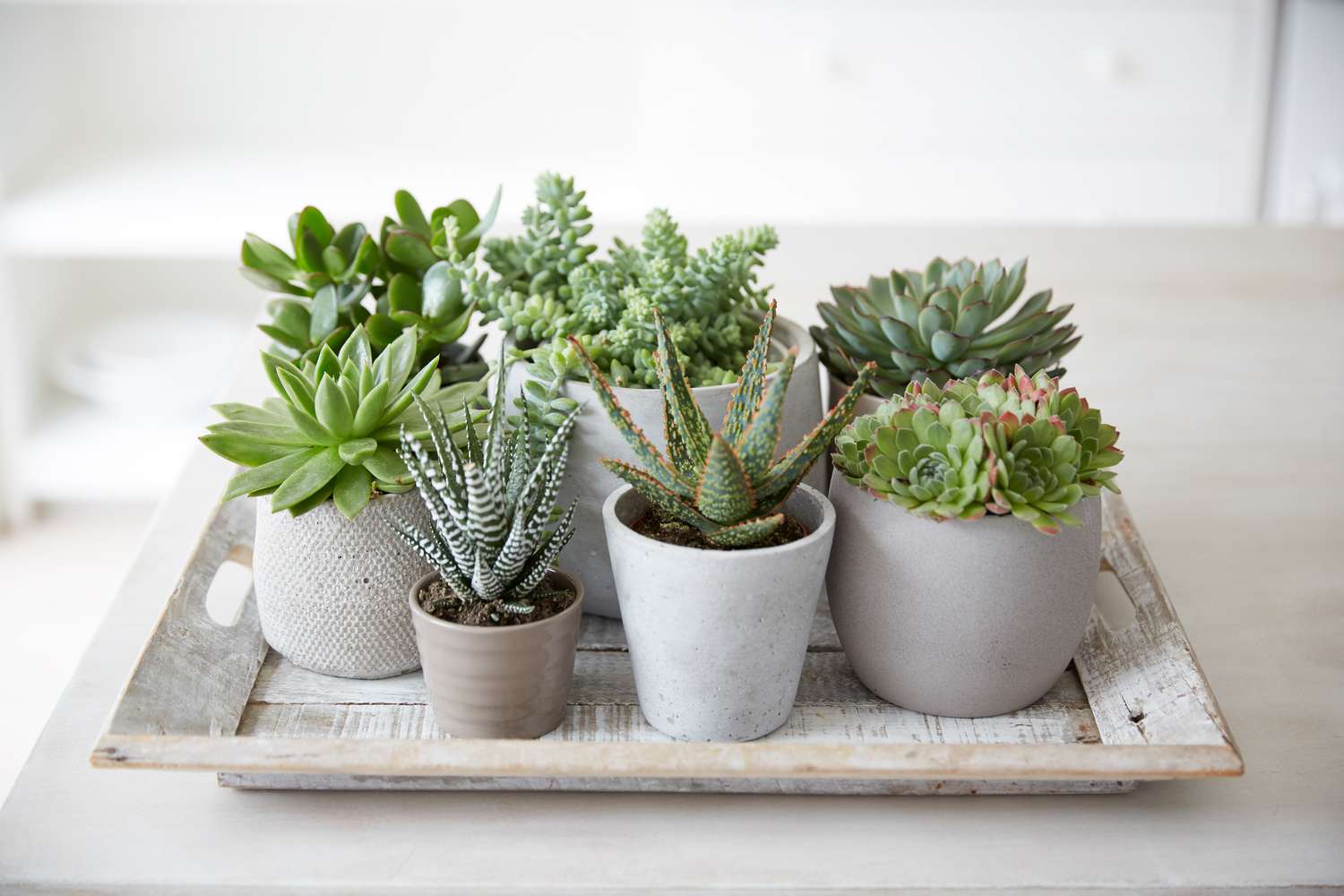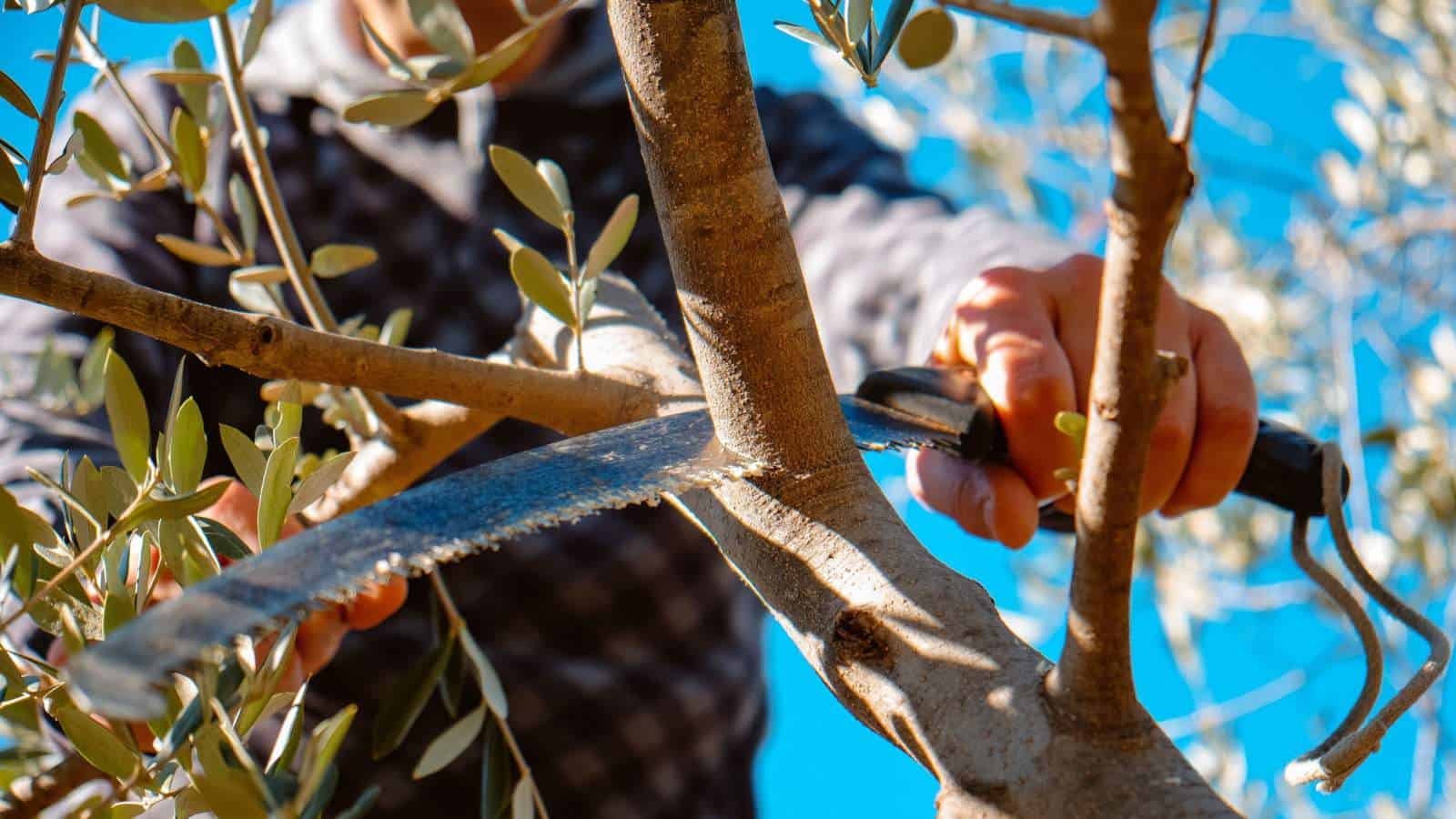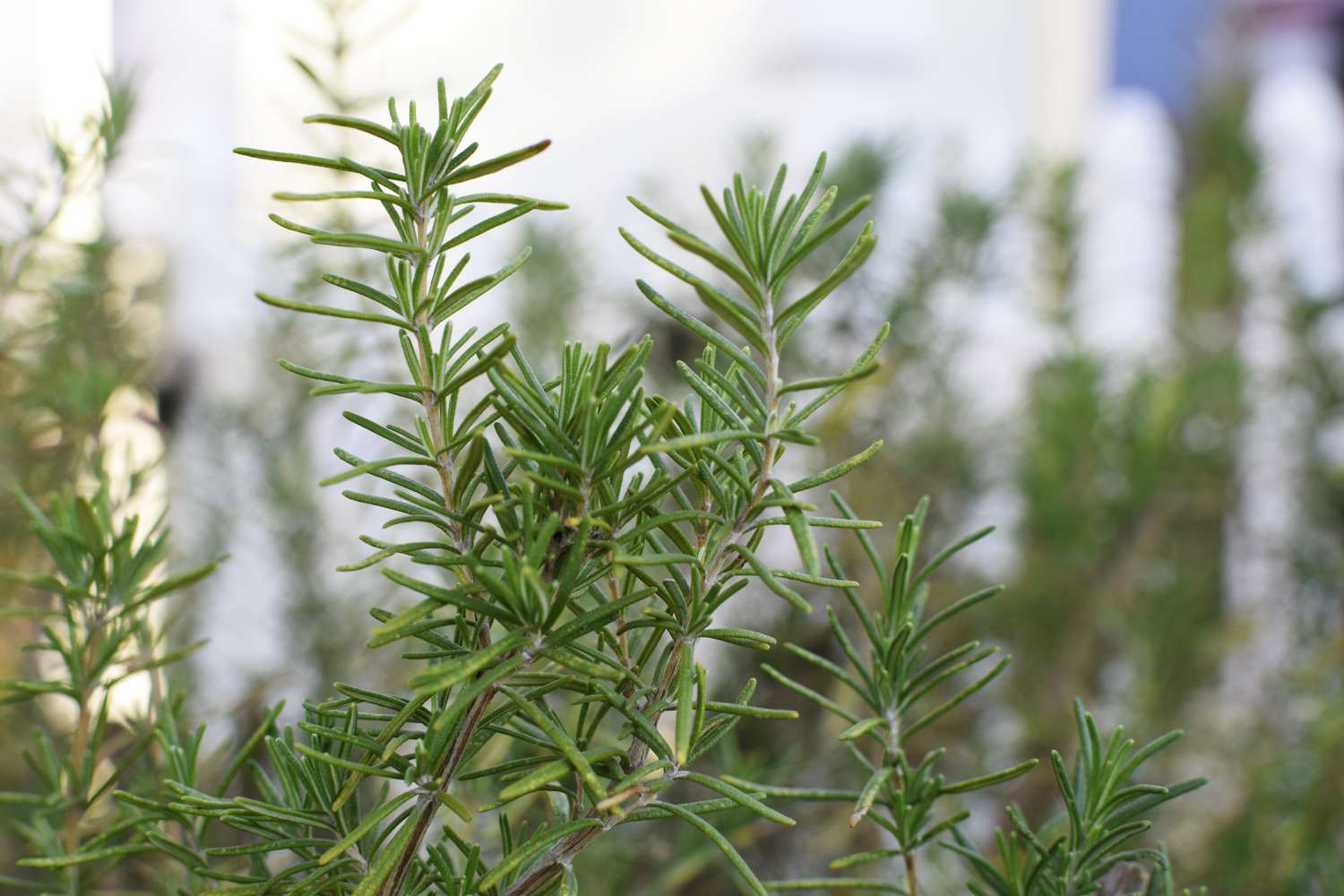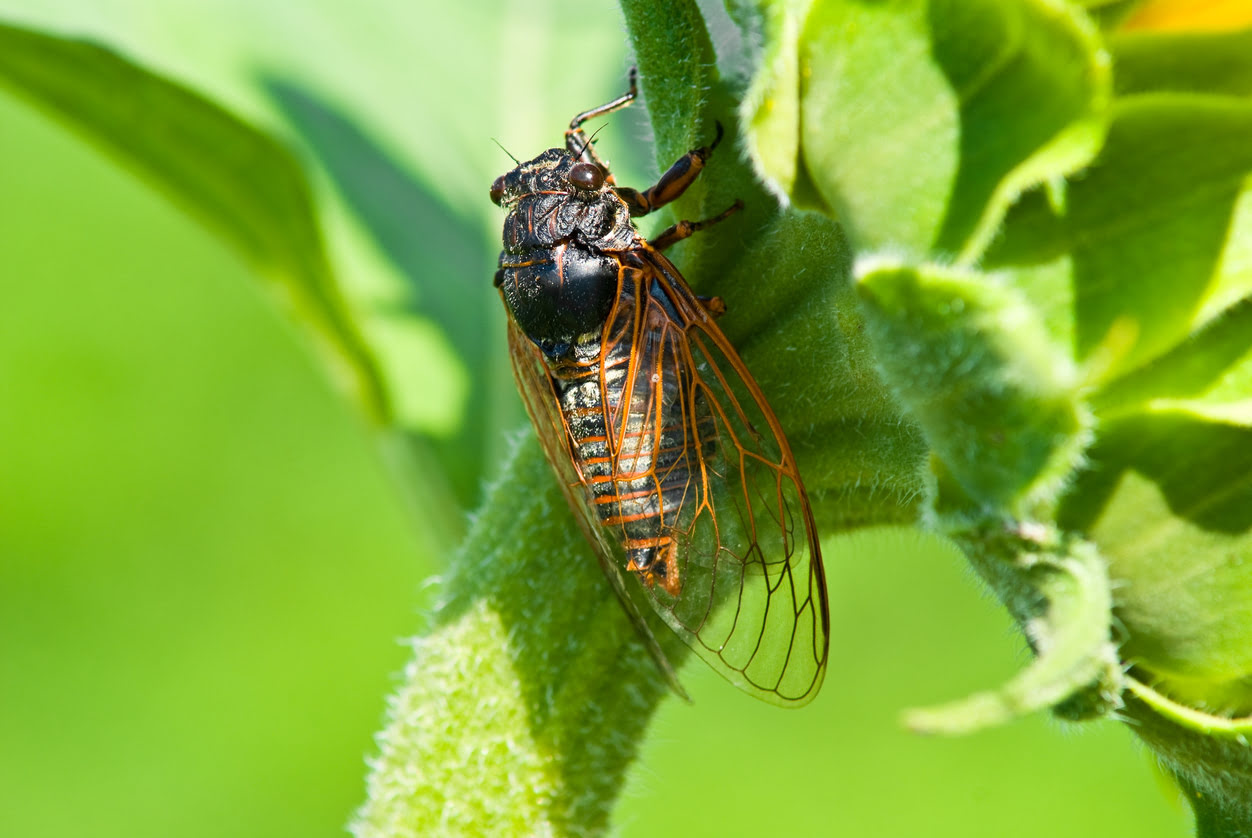Home>Types of Gardening>Edible Gardening>How Long Do Olive Trees Live
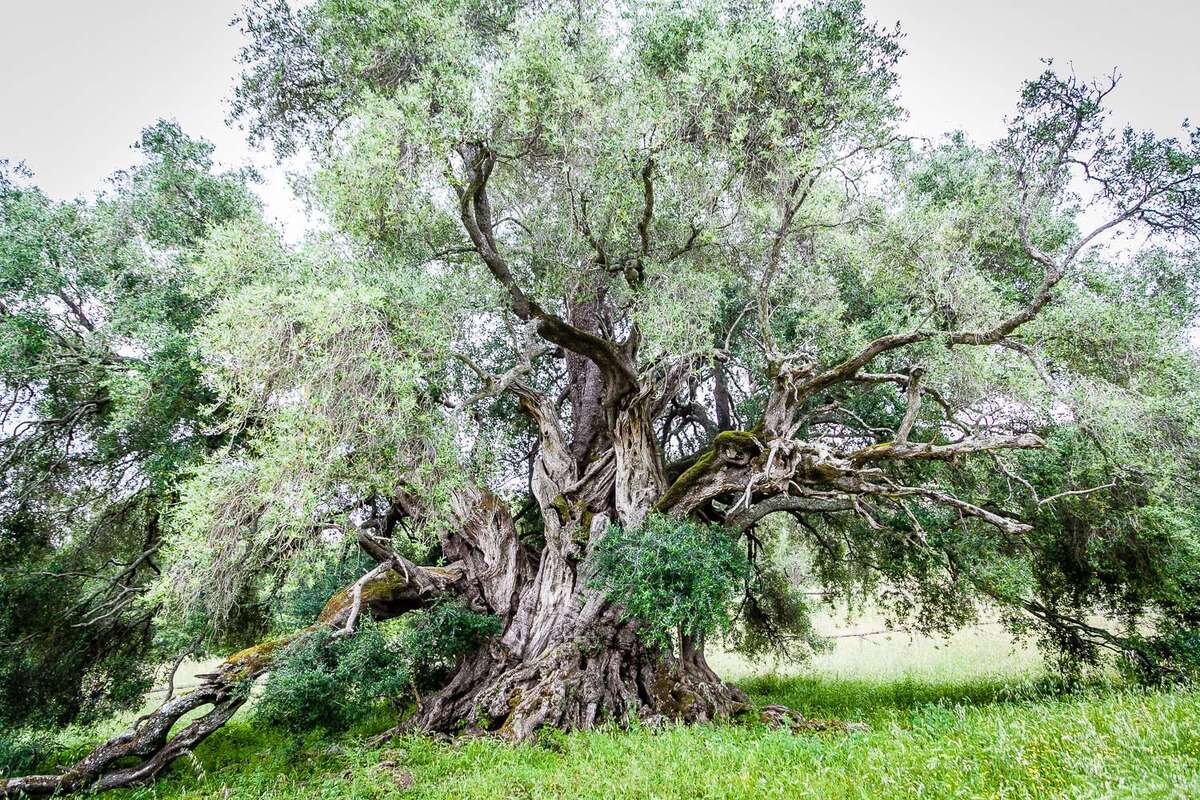

Edible Gardening
How Long Do Olive Trees Live
Published: November 10, 2023
Learn how long olive trees can live in your edible garden. Discover tips for growing and maintaining these beautiful and fruitful trees.
(Many of the links in this article redirect to a specific reviewed product. Your purchase of these products through affiliate links helps to generate commission for Chicagolandgardening.com, at no extra cost. Learn more)
Table of Contents
Introduction
Edible gardening has gained tremendous popularity among homeowners in recent years, as people are increasingly seeking ways to grow their own fresh produce. One area of edible gardening that has garnered particular interest is growing and caring for olive trees. These majestic trees not only provide a beautiful addition to the landscape but also yield delicious and nutritious olives that can be used for culinary purposes.
However, when it comes to investing in an olive tree, one common concern is the lifespan of these trees. How long do olive trees live? This question is crucial for gardeners who want to make an informed decision and ensure the longevity of their olive trees.
The lifespan of an olive tree can vary depending on various factors, including the specific variety, environmental conditions, maintenance practices, and pest and disease management. By understanding these factors and implementing proper care techniques, gardeners can maximize the lifespan of their olive trees and enjoy an abundant harvest for years to come.
In this article, we will explore the factors that can affect the lifespan of olive trees and provide practical tips for promoting their longevity. Whether you are a seasoned gardener or new to the world of edible gardening, this comprehensive guide will equip you with the knowledge and strategies to keep your olive trees thriving.
Factors Affecting Lifespan of Olive Trees
Several key factors can influence the lifespan of olive trees. By understanding these factors, gardeners can take proactive measures to promote the longevity of their olive trees:
- Variety: The specific variety of olive tree plays a significant role in its lifespan. Some varieties are naturally more long-lived than others. It is essential to select a variety known for its longevity if you want your olive tree to thrive for many years.
- Rootstock: The rootstock onto which the olive tree is grafted can impact its longevity. Choosing a robust and disease-resistant rootstock can help ensure the tree’s health and extend its lifespan.
- Climate: Olive trees are native to Mediterranean regions and thrive in warm, temperate climates. They are adapted to tolerate drought and prefer long, hot summers. Extreme cold or frost can damage or even kill the tree, so it is important to consider the climate of your growing region when planting an olive tree.
- Soil Conditions: Olive trees prefer well-draining soil with a pH level between 6 and 8. Poor soil conditions, such as heavy clay or waterlogged soil, can negatively impact the tree’s lifespan. It is essential to ensure proper soil preparation and drainage to promote healthy root development.
- Irrigation: Olive trees have a moderate water requirement, and overwatering can be detrimental to their health. Adequate irrigation is necessary during the growing season, while reducing watering during periods of dormancy. Finding the right balance is crucial for the tree’s longevity.
- Sunlight: Olive trees require ample sunlight to thrive and produce a bountiful harvest. They perform best when exposed to full sunlight for at least 6 to 8 hours a day. Lack of sunlight can weaken the tree and reduce its lifespan.
- Pruning and Training: Proper pruning and training techniques can significantly impact the lifespan of olive trees. Regular pruning helps maintain the tree’s shape, remove dead or diseased branches, promote optimal airflow, and prevent overcrowding. It is essential to learn the correct pruning techniques for olive trees to ensure their longevity.
By considering these factors and providing the necessary care, olive tree owners can create a favorable environment for their trees to flourish and reach their full potential. In the next section, we will explore the environmental conditions that are vital for the longevity of olive trees.
Environmental Conditions for Olive Tree Longevity
Creating the right environmental conditions is crucial for ensuring the longevity of olive trees. These remarkable trees thrive in specific climate and soil conditions. Here are a few key environmental factors to consider:
- Climate: Olive trees are well-adapted to the Mediterranean climate, characterized by hot, dry summers and mild, wet winters. They prefer temperatures between 70-85°F (21-29°C) during the growing season and can tolerate mild frosts. If you live in a region with extreme cold temperatures or frequent frost events, consider planting cold-hardy olive varieties or using protective measures during winter.
- Sunlight: Olive trees require full sun exposure to thrive. They need a minimum of 6-8 hours of direct sunlight daily. Lack of sunlight can weaken the tree and reduce its lifespan. Ensure that your olive tree is planted in an open area away from tall buildings or other trees that may cast shade.
- Soil: Olive trees thrive in well-draining soil with a pH level between 6 and 8. They can tolerate various soil types, including sandy, loamy, and slightly acidic soil. Poorly-draining or waterlogged soil can lead to root rot and negatively impact the tree’s lifespan. Conduct a soil test before planting to ensure the soil conditions are suitable for olive trees.
- Water: Olive trees are drought-tolerant but still require regular watering, especially during their first few years of growth. Deep watering once a week is generally sufficient, allowing the soil to dry out between waterings. Overwatering can lead to root rot and shorten the lifespan of the tree. Adjust the watering frequency based on the specific needs of your tree and the climate in your region.
- Wind: Olive trees are accustomed to the gentle breezes of the Mediterranean. While they can tolerate some wind, strong and continuous winds can damage the branches and foliage. It is advisable to provide a windbreak, such as a wall or hedgerow, if your garden is exposed to strong winds.
By providing a climate that closely resembles their natural habitat, olive trees can thrive and live for many years. However, even with optimal environmental conditions, proper pruning and maintenance practices are essential to ensure their longevity, which we will explore in the next section.
Role of Pruning and Maintenance in Extending Olive Tree Lifespan
Pruning and regular maintenance play a vital role in extending the lifespan of olive trees. By implementing proper pruning techniques and following good maintenance practices, you can promote the health, productivity, and longevity of your olive tree. Here are some key aspects to consider:
- Structural Pruning: Pruning olive trees in their early years helps establish a strong and well-balanced framework. Remove any dead, damaged, or diseased branches. Encourage a central leader with well-spaced scaffold branches. This structural pruning establishes a sturdy and well-shaped tree that can better withstand environmental stresses.
- Maintenance Pruning: Regular maintenance pruning is necessary to keep the olive tree healthy and productive. This includes removing any suckers or water sprouts that grow from the base of the trunk or along the branches. Thinning out crowded branches improves airflow and reduces the risk of diseases. Pruning also stimulates new growth and promotes the development of fruiting wood.
- Timing: Olive trees are typically pruned during the dormant season, ideally in late winter or early spring before the new growth begins. Pruning during this time minimizes stress on the tree and allows for better healing of wounds. Avoid pruning during the summer months when the tree is actively growing and producing olives.
- Sanitation: Proper sanitation practices are crucial to prevent the spread of diseases and pests. Remove and dispose of any pruned branches or debris away from the olive tree to minimize the risk of contamination. Regularly clean pruning tools with disinfectant between cuts to avoid transferring pathogens.
- Fertilization: Provide a balanced fertilizer specifically formulated for olive trees to ensure they receive adequate nutrients. Follow the recommended dosage and application instructions. Regular fertilization can promote healthy growth and improve the tree’s overall health, increasing its lifespan.
- Mulching: Apply a layer of organic mulch around the base of the olive tree, keeping it a few inches away from the trunk. Mulching helps retain moisture, suppresses weed growth, and maintains a more stable soil temperature. This creates a favorable environment for the roots and protects the tree from stress.
By investing time and effort into proper pruning and maintenance, you can successfully extend the lifespan of your olive tree. However, it is essential to remain vigilant about common diseases and pests that can impact olive tree longevity, which we will discuss in the next section.
Common Diseases and Pests That Impact Olive Tree Longevity
Olive trees are susceptible to various diseases and pests that can significantly impact their lifespan. It is crucial to be aware of these threats and take proactive measures to prevent and manage them. Here are some of the most common diseases and pests that can affect olive trees:
- Olive Knot: Olive knot is a bacterial disease caused by the pathogen Pseudomonas syringae. It leads to the formation of galls on the branches, which can disrupt the tree’s vascular system and weaken its overall health. Regular pruning of infected branches and the application of copper-based fungicides can help manage the disease.
- Verticillium Wilt: Verticillium wilt is a fungal disease caused by the pathogen Verticillium dahliae. It affects the tree’s vascular system, leading to wilting, yellowing of leaves, and eventual decline. There is no cure for the disease, so prevention is crucial. Selecting resistant cultivars and avoiding planting in soil with a history of the disease can help mitigate its impact.
- Olive Fruit Fly: The olive fruit fly (Bactrocera oleae) is a major pest that affects olive trees worldwide. The female fruit fly lays eggs in the olive fruit, and the larvae feed on the pulp, causing fruit drop and affecting overall tree health. Monitoring traps, practicing good orchard sanitation, and employing biological control methods can help manage the olive fruit fly population.
- Olive Psyllid: The olive psyllid (Euphyllura olivina) is an insect pest that feeds on the sap of olive leaves, causing damage and weakening the tree. It can transmit the bacterium responsible for olive quick decline syndrome. Regular monitoring, pruning off affected shoots, and the use of insecticidal sprays can help control olive psyllid populations.
- Peacock Spot: Peacock spot, caused by the fungus Cycloconium oleaginum, appears as circular, dark spots on olive leaves. Severe infections can lead to defoliation and decreased tree vigor. Proper orchard sanitation, prune infected branches, and applying copper-based fungicides can help manage peacock spot.
- Olive Leaf Spot: Olive leaf spot, caused by the fungus Spilocaea oleagina, manifests as dark, irregular spots on the leaves. Severe infections can lead to defoliation and reduced tree health. Similar to peacock spot, proper pruning and the application of copper-based fungicides can help control olive leaf spot.
Regular monitoring, early detection, and implementing appropriate management strategies are crucial for mitigating the impact of these diseases and pests on olive tree longevity. By following good cultural practices, practicing proper sanitation, and using targeted treatments, you can promote the health and longevity of your olive trees.
Best Practices for Promoting Longevity in Olive Trees
To ensure the longevity of your olive trees and maximize their health and productivity, it is essential to follow some best practices. By implementing the following guidelines, you can create an optimal environment for your olive trees:
- Proper Planting: Start by selecting a healthy and disease-free nursery-grown olive tree. Dig a hole slightly larger than the size of the root ball and make sure it is well-draining. Plant the tree at the same depth it was in the nursery, ensuring that the graft union is above the soil level.
- Regular Watering: Provide adequate irrigation during the growing season, especially for young trees. Deep watering once a week is generally sufficient, allowing the soil to dry out between waterings. Adjust the watering frequency based on weather conditions and the tree’s specific needs.
- Appropriate Pruning: Practice proper pruning techniques, including structural pruning to establish a strong framework and maintenance pruning to remove suckers, water sprouts, and dead or diseased branches. Regular pruning promotes air circulation, sunlight penetration, and overall tree health.
- Monitor Nutrient Levels: Conduct regular soil tests to assess the nutrient levels in the soil. Olive trees require specific nutrients, including nitrogen, phosphorus, and potassium, for healthy growth. Supplement with a balanced fertilizer formulated for olive trees to ensure they receive adequate nutrition.
- Pest and Disease Management: Stay vigilant and regularly monitor your olive trees for signs of pests and diseases. Implement preventive measures, such as proper sanitation, maintaining good orchard hygiene, and using organic or targeted treatments when necessary.
- Mulching: Apply a layer of organic mulch around the base of the tree, keeping it a few inches away from the trunk. Mulching helps retain moisture, suppresses weed growth, and maintains a more stable soil temperature. It also enriches the soil as it decomposes.
- Regular Inspections: Regularly inspect your olive trees for any signs of stress, disease, or pest infestation. Early detection allows for prompt action and minimizes the potential damage to the tree.
- Continued Learning: Stay informed about the latest research, practices, and techniques related to olive tree care. Join gardening communities, attend workshops, and seek advice from experienced gardeners or agricultural extension services.
By following these best practices and providing proper care, you can establish a nurturing environment for your olive trees, leading to enhanced longevity, improved productivity, and a bountiful harvest year after year.
Conclusion
Olive trees can be a wonderful addition to any edible garden, providing not only delicious olives but also aesthetic appeal. Understanding the factors that affect the lifespan of olive trees and implementing proper care techniques is essential for ensuring their longevity.
In this article, we have explored the various factors that can influence the lifespan of olive trees, including the specific variety, environmental conditions, maintenance practices, and common diseases and pests. By selecting the right variety, providing suitable environmental conditions, practicing proper pruning and maintenance, and managing pests and diseases, you can promote the health and vitality of your olive trees.
Remember to consider the climate, soil conditions, sunlight, and water needs of olive trees when planning your garden. Implementing regular pruning to maintain the structure and health of the tree, monitoring nutrient levels, and managing pests and diseases are equally crucial in ensuring the longevity of olive trees.
Continual learning and staying informed about the latest practices and techniques in olive tree care will further enhance your ability to effectively nurture your trees. Engaging with the gardening community and seeking advice from experienced professionals can provide valuable insights and support.
By adopting the best practices discussed in this article and giving your olive trees the attention they need, you can create a thriving and long-lasting garden filled with the beauty and bounty of olive trees for years to come.


